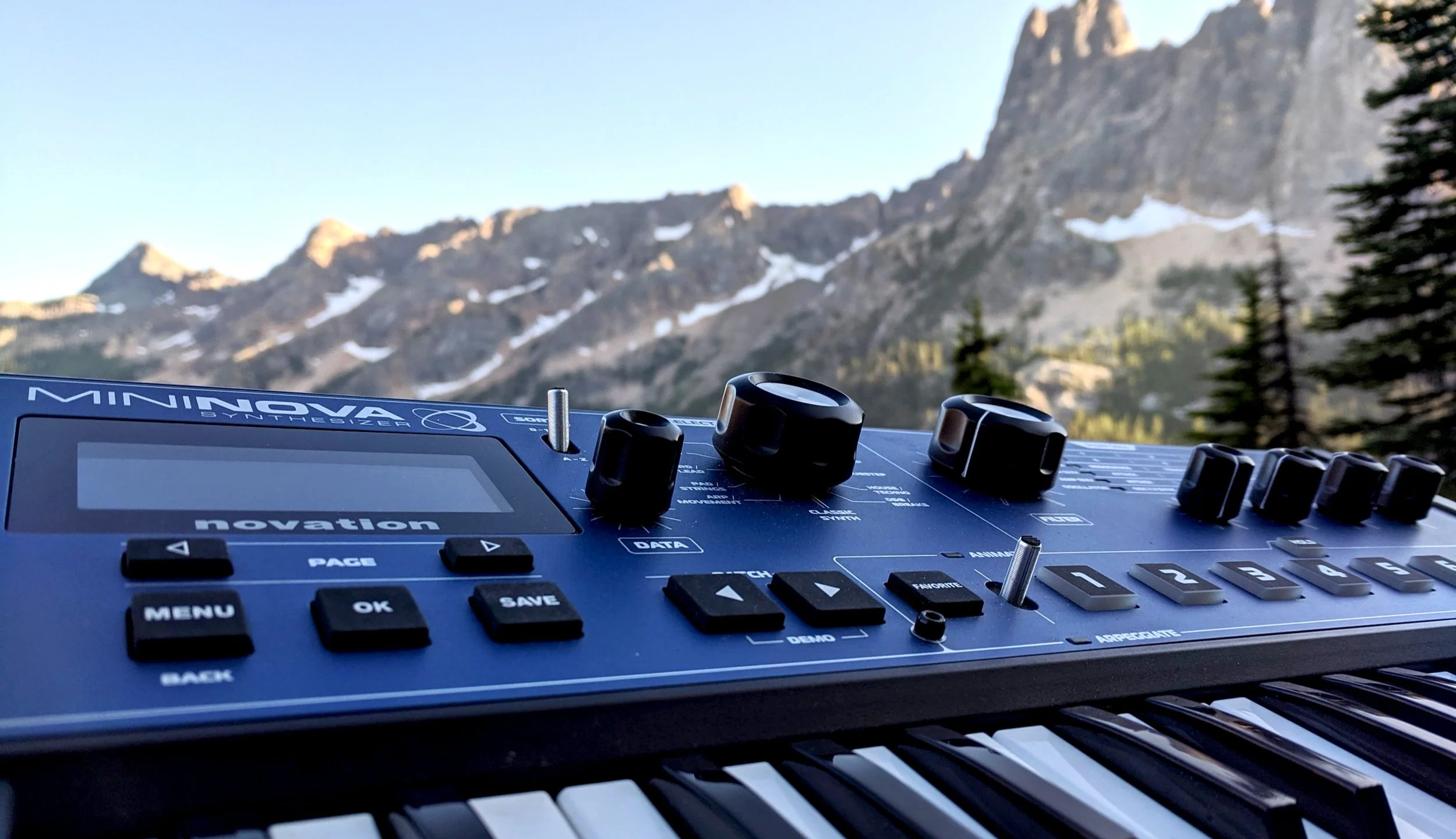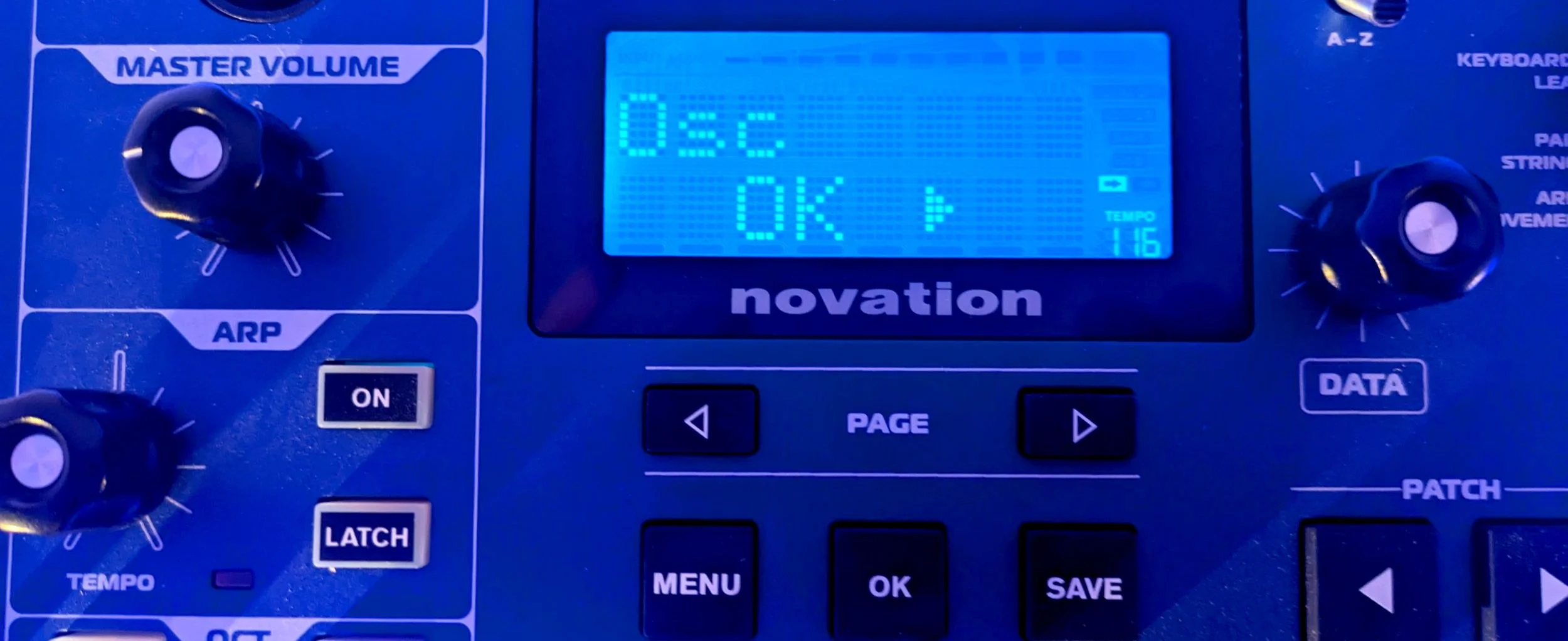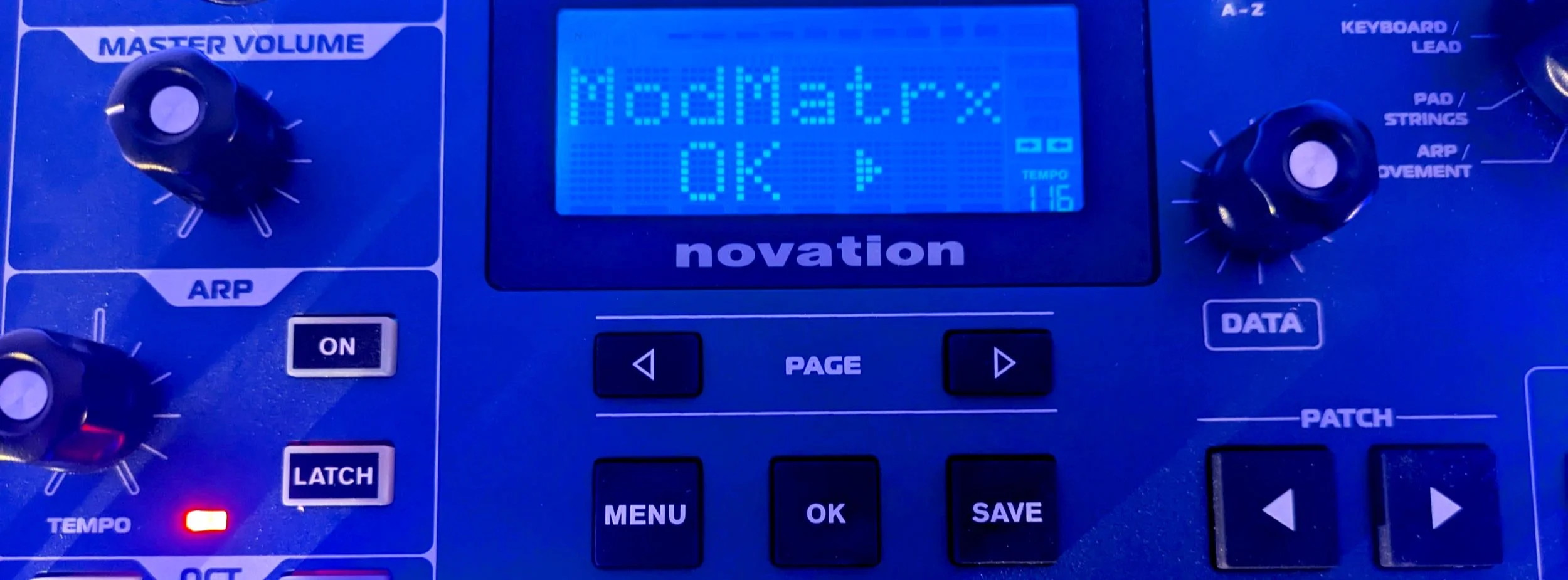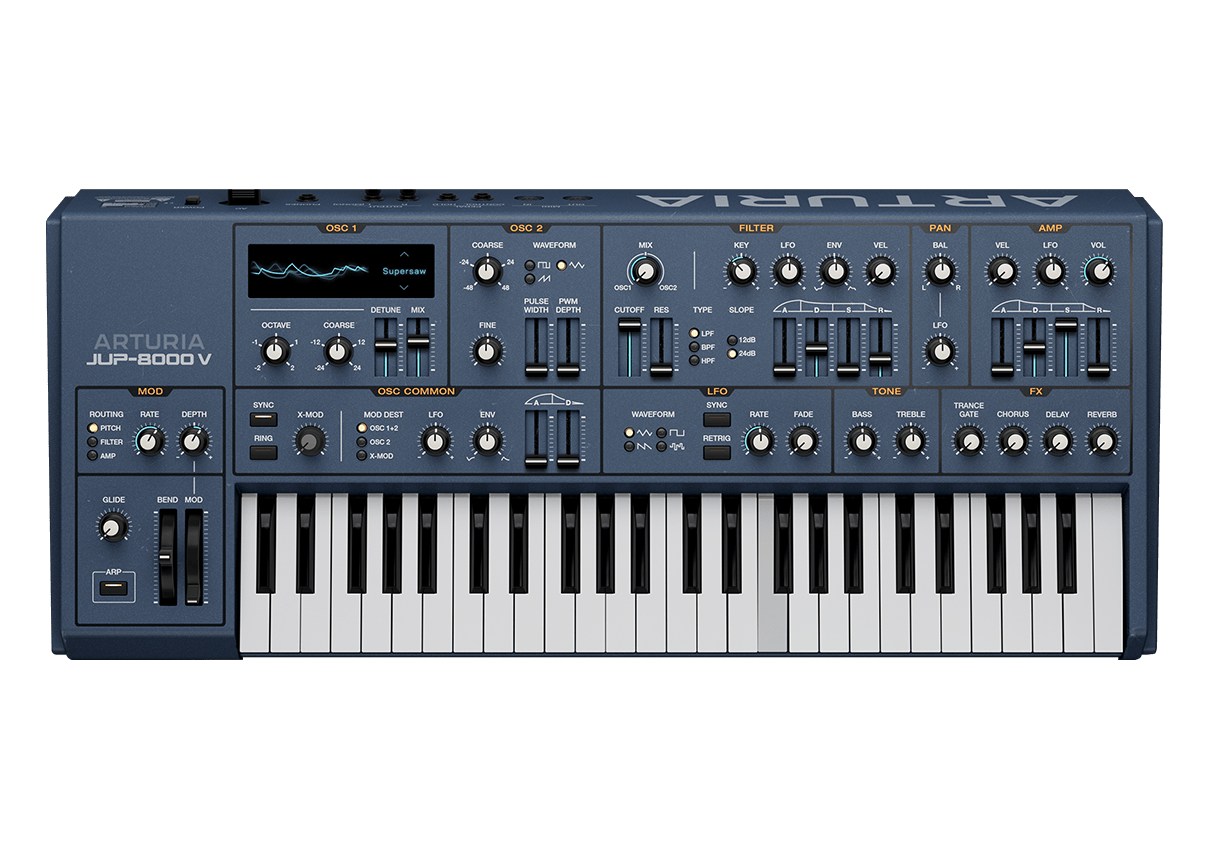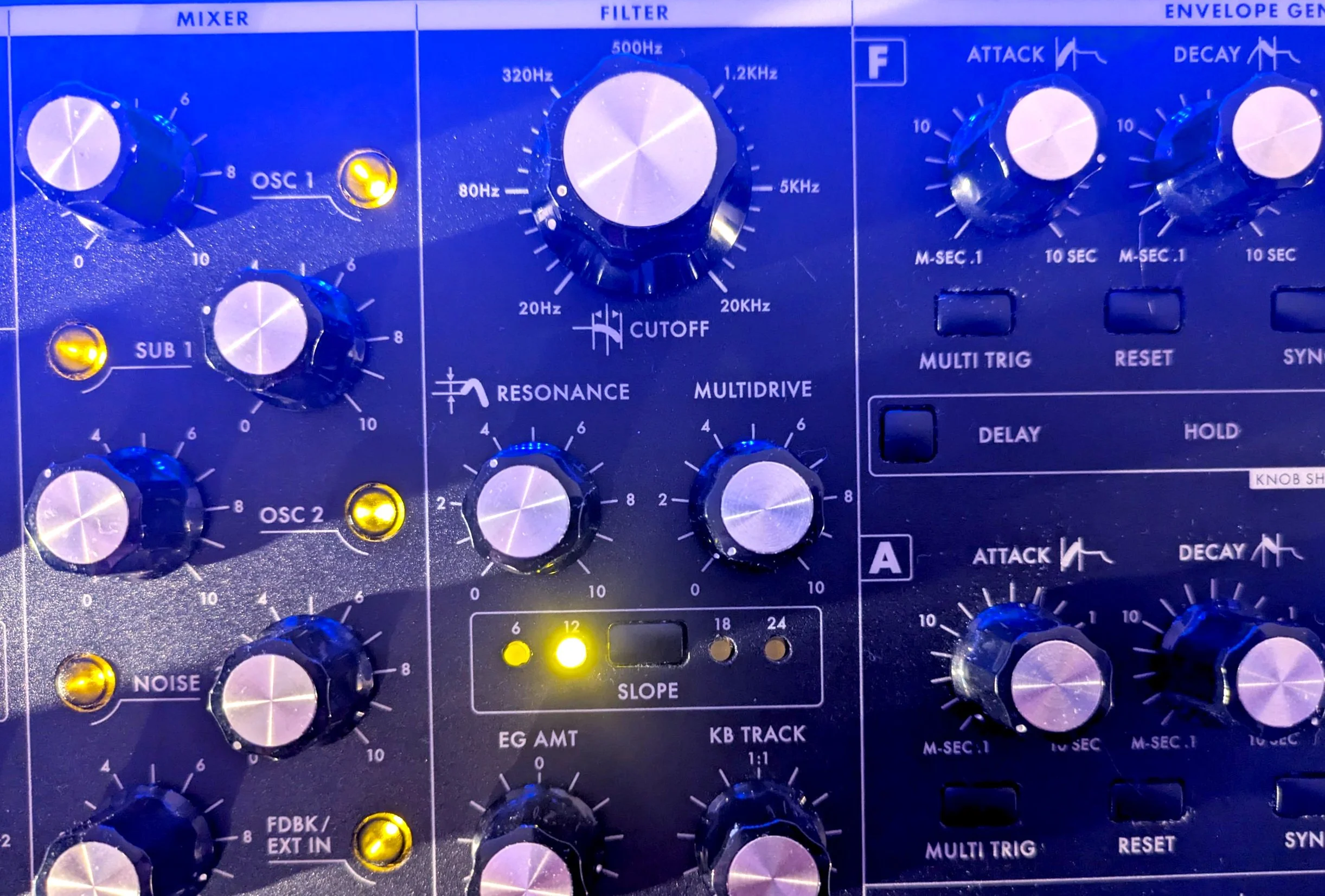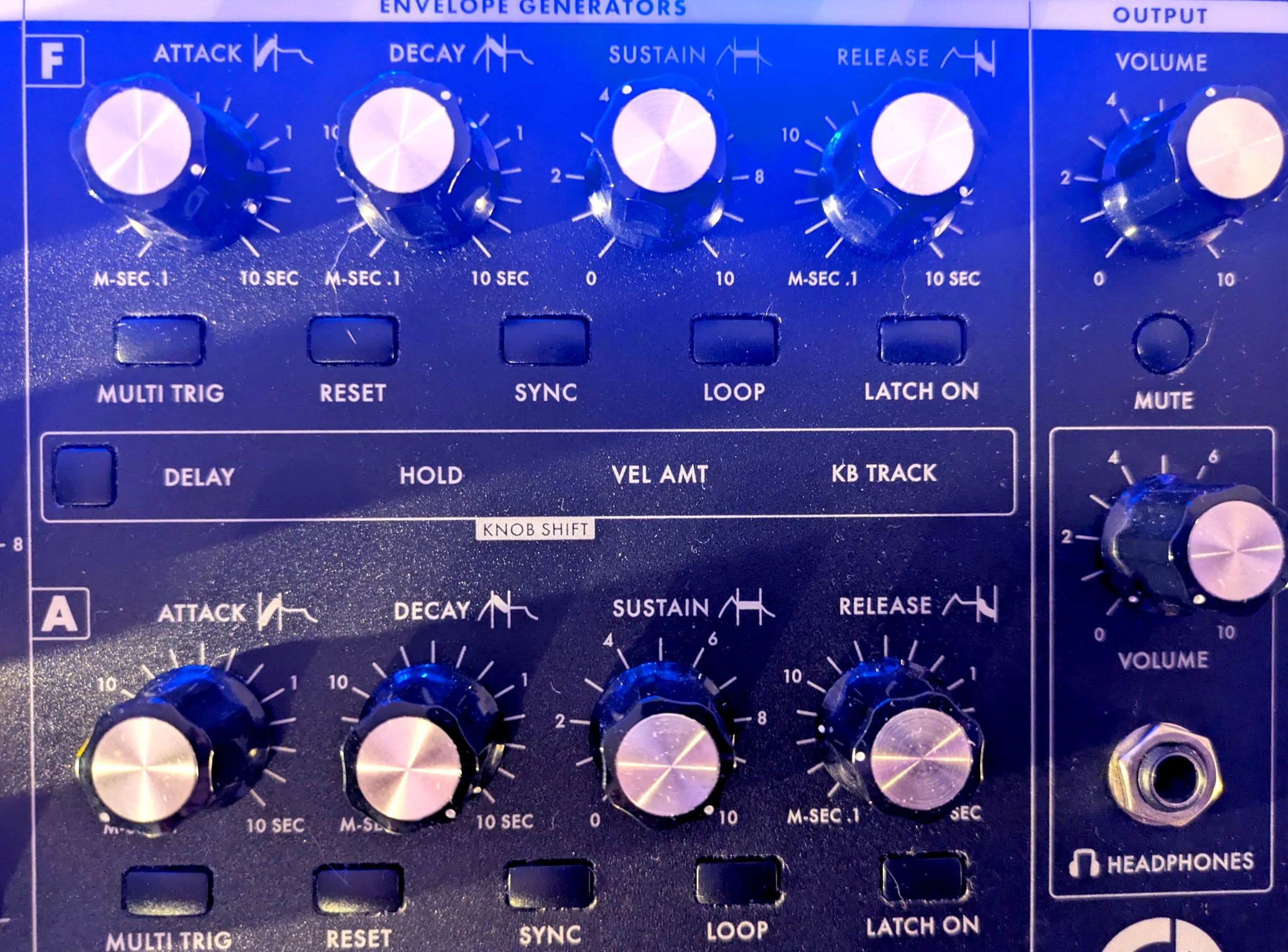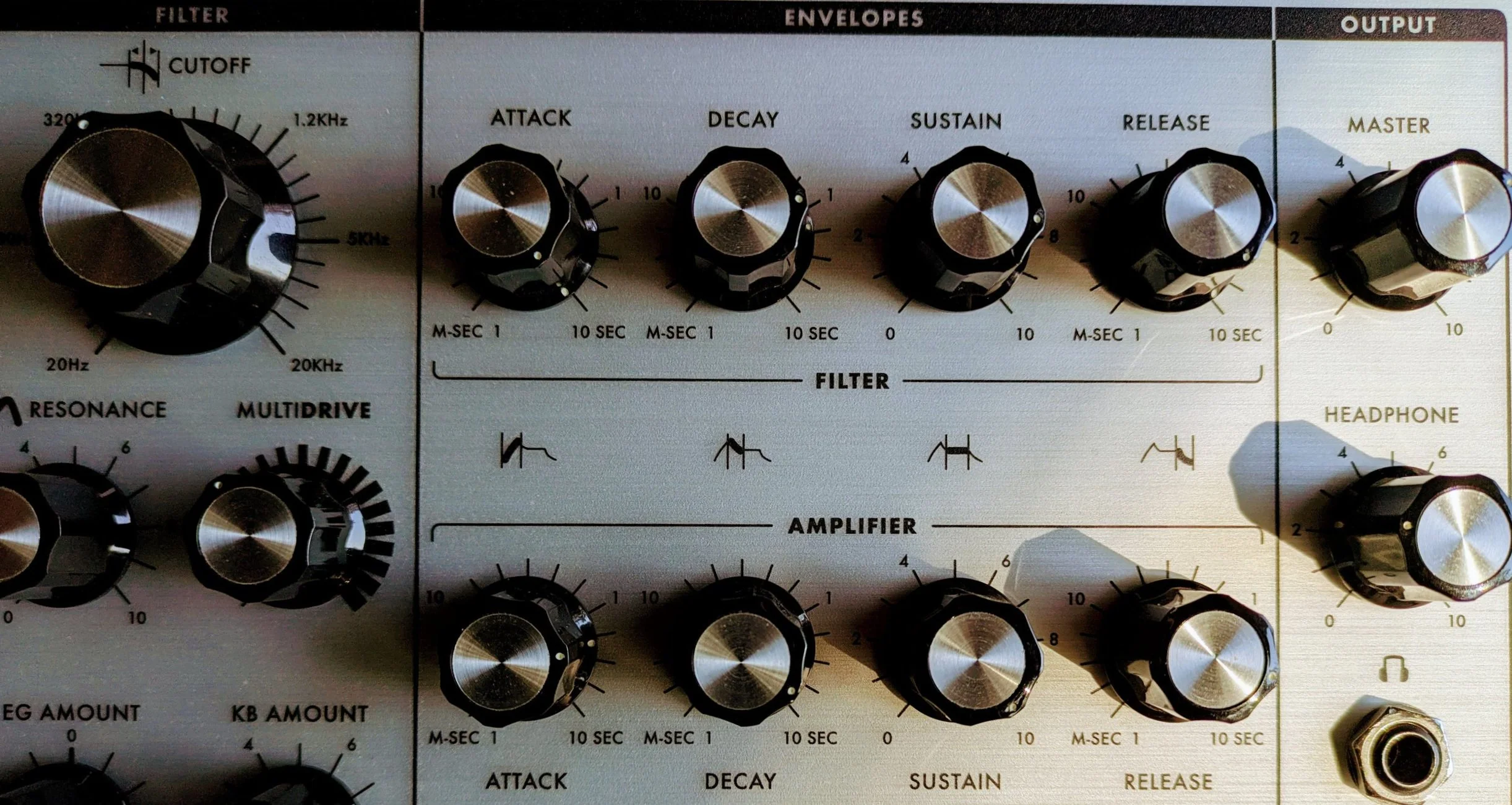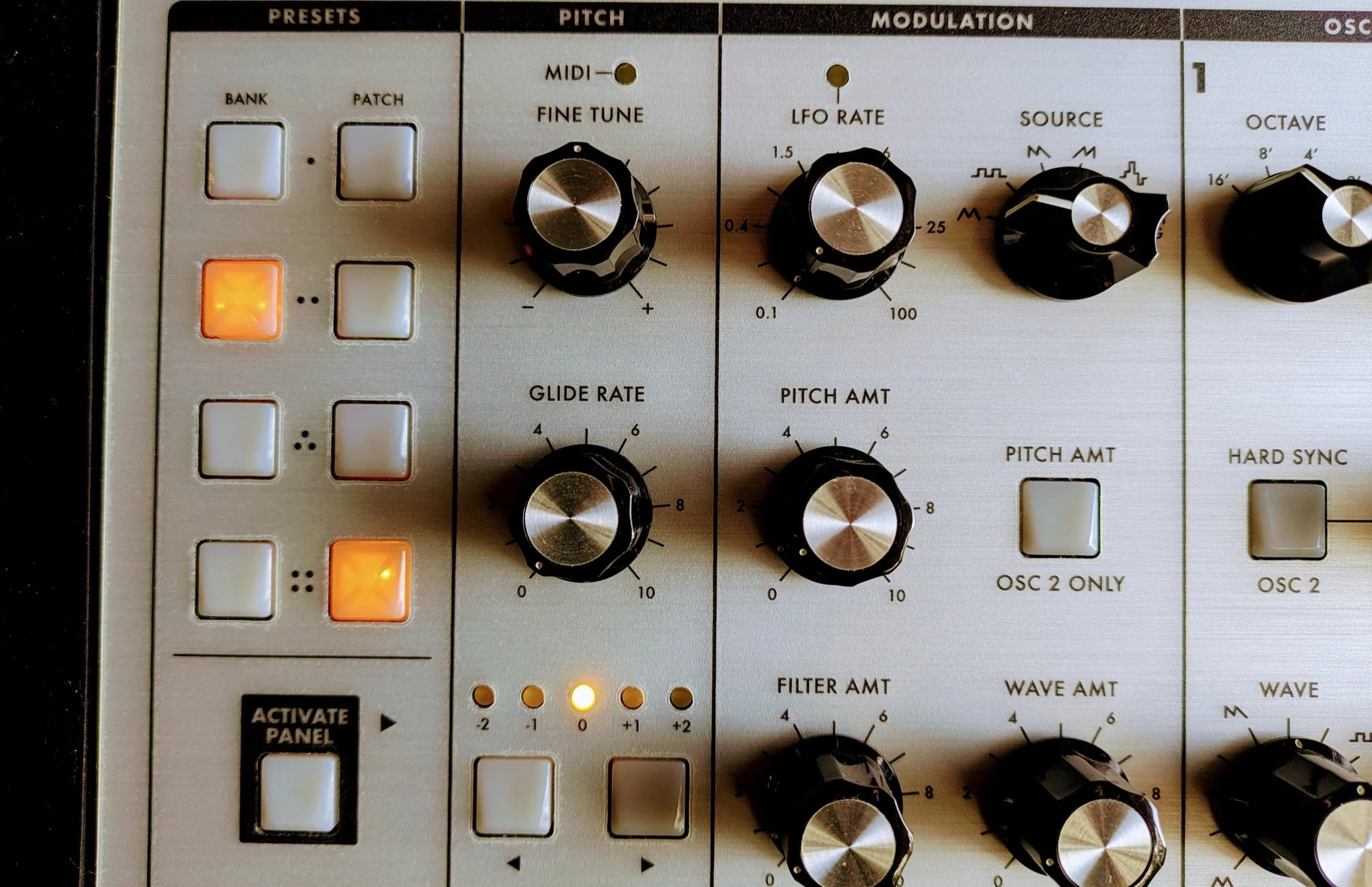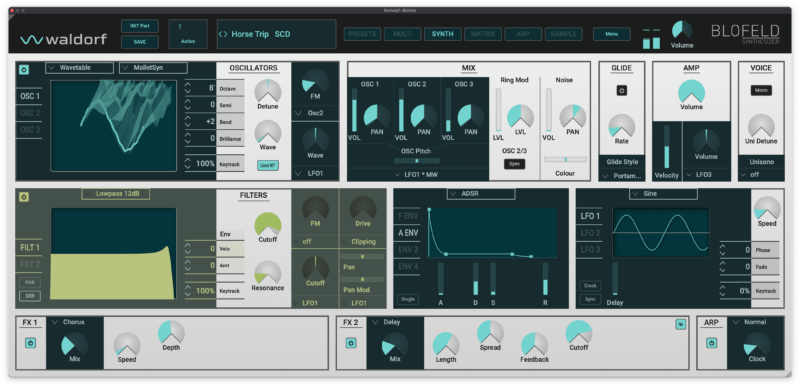Novation Mininova Review 2025
Small. Cheap. A toy. A lot of folks dismiss the Mininova as a keyboard made for kids, or for broke musicians who can’t afford “real” gear. Is there any merit to those claims? Or does the Mininova hide more under its hood than meets the eye?
Let’s jump in and take a look!
*Everything in this review also applies to the Ultranova as well. They are functionally the same synth, except the Ultranova can also act as an audio interface
OSCILLATORS
First question folks want to know, is what Oscillators and waveforms does this thing have?
And the short answer: a lot.
It has 3 Oscillators to work with. And for each of those, you can choose from:
14 of the standard waves ranging from Sine, to Triangle, to Sawtooth, to Pulse/Square/PWM, and a lot of fixed permutations in between.
20 Digital Waves based on various digital and acoustic instruments (although they are not samples)
36 Wavetables whose positions can be freely swept from a sine all the way to clangorous ringing metal sounds.
And beyond all those, you are also presented in the Mixer section with a Noise generator, that lets you select between several grades of White Noise, to allow you to dial in exactly how much hiss you want in a sound.
Each oscillator also has a V-Sync that acts like an Osc Sync or FM function, and Density and Detune knobs that behave like the JP-8000 SuperSaw, with multiplying the waves and spreading their tones to create fat lush sounds. And unlike the JP, Density+Detune works on any of the waves, so you can create haunting and lush ambient wavetable pads and leads that only the Blofeld or Virus on extreme Unison settings can accomplish.
Just be prepared to sacrifice polyphony when you mess around with Wavetables and the Density. Those eat up the dynamic voices super fast.
Making SuperSaws on the Mininova sounds closer to the JP-8000 sound than just about any other synth out there, and it has the added bonus of being able to make 3, at different octaves, so some truly massive sounds can be achieved, that sound remarkably close to the Trance OG.
FILTERS
The filters alone put the Mininova in a class all its own. Dual filters, that run a gamut from standard lopass and hipass, to bandpass filters with different slope angles in each direction, really make this synth absurdly versatile for anything from traditional analog style tones to seriously crazy psychedelic and evolving ambient sounds that even the Virus TI can’t quite match.
As for character, the filters are mostly-digital in character, as to be expected. That’s not necessarily a bad thing, and you can achieve some smooth moogy type sounds on it, but it will require a little more effort to achieve than what a Slim Phatty can pull off by default.
The Filter Drive is super nice, and is very helpful for either adding extra grit or warmth to patches.
ENVELOPES
These are fairly standard, although there are added triggering and looping options that are quite nice. And besides the standard Amp and Filter Envelopes, the Mininova also comes with an extra 4 Envelopes to allow for some incredibly complex sound-sculpting capabilities before you’ve even gotten to the LFOs.
LFO
And the LFOs are pretty superb too. They can range in speed from super slow waves to intense buzzy speeds, and with 3 of them, you will rarely be wanting for more LFOs to modulate sounds with. The usual suspects for LFO waveforms are there, and there are tons of additional options for tweaking things like Slew, and triggering, and other deep functions, to create super wild sounds.
MODULATION
The ModMatrix has 20 slots available, which you can route a lot of functions to, in multiple ways. Positive or Negative value only for LFOs? Both at once? Want to run the Modwheel and LFO on the same mod slot? Modwheel and Envelope 3 Amount? All possible.
Only a tiny handful of parameters like the Density and Density Detune and the Rate Reducer/ BitCrusher effects can’t be modulated in a more granular way (which was our gripe on the Blofeld as well), so talking basses using Rate Reducer won’t be quite as nice as on the Virus.
But the massive number of Mod slots makes up for that, as you can route all kinds of parameters in tandem or parallel, enabling the creation of truly massive and complex soundscapes.
Even the Virus doesn’t have this many Mod slots, and for making super cosmic Ambient and Psytrance patches, the Mininova is a sound designer’s dream just for these Mod capabilities alone..
EFFECTS
This one is a mixed bag. The Chorus, Phaser, Distortion, and Delay are all very nice and flexible. The reverb isn’t too impressive, but most folks are liable to turn it off anyway, to conserve DSP power and use their preferred reverb. There are multiple routing modes for the FX, so you can experiment with different routings for each slot, to change the timbre of the sounds and how the effects affect each other.
The majority of the FX have lots of useful settings for dialing in perfect Chorus and Phaser settings, and the delay is nice too. One feature that’s missing that’s annoying is a lack of individual Amount and Mix controls for the Distortion. For Distortion, it’s all or nothing. So if you’re like us, and want to modulate the amount of Rate Reduction or Bitcrushing on a sound using an envelope or lfo, but you want to keep the mix level of the effect the same, so only the rate movement fluctuates, you’re out of luck. It’s a fairly small gripe, but it’s still an issue.
The Gator effect is super cool, and is nice for creating cool stuttering and morphing FX.
CONCLUSION
So, in 2025, is the Mininova still worth buying?
The answer shouldn’t be a big surprise at this point.
Yes. Even with only 18 voices of dynamic polyphony, its features make it a very worthwhile synth. It can easily handle anything from Trance to Dubstep to Hardstyle to Ambient, and sound great, doing it. You might want to invest in a quality outboard reverb to apply to it to truly feel the power of the synth, but beyond that, you won’t find a better synth for a better price.
This is a budget keyboard that sounds like a flagship unit, and with a little coaxing (or a few 3rd party banks), this will quickly become the centerpiece of your studio.
